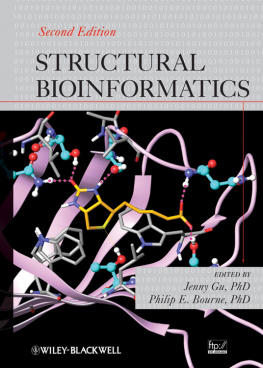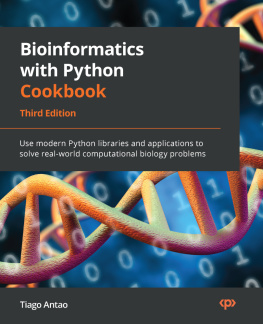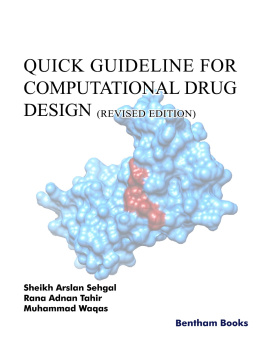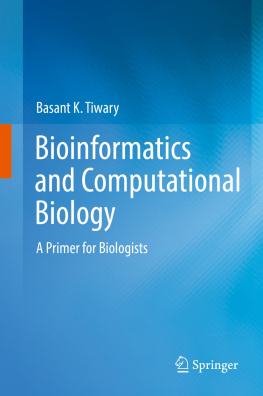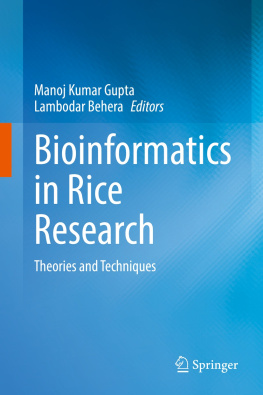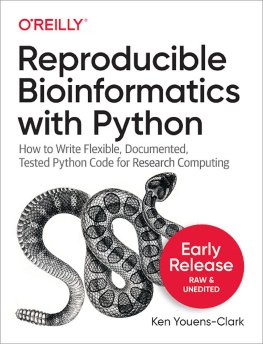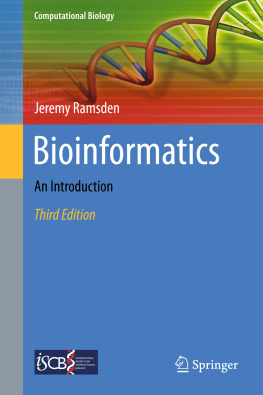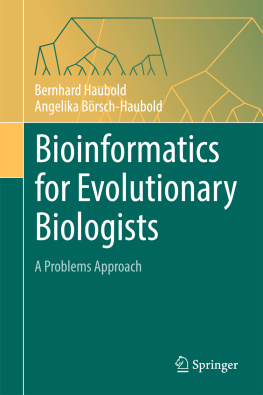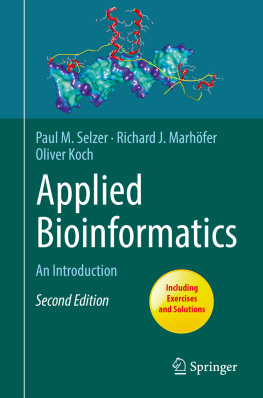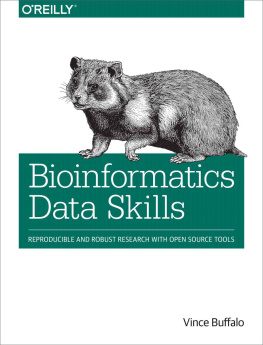
Copyright 2009 by John Wiley & Sons, Inc. All rights reserved
Published by John Wiley & Sons, Inc., Hoboken, New Jersey
Published simultaneously in Canada
No part of this publication may be reproduced, stored in a retrieval system, or transmitted in any form or by any means, electronic, mechanical, photocopying, recording, scanning, or otherwise, except as permitted under Section 107 or 108 of the 1976 United States Copyright Act, without either the prior written permission of the Publisher, or authorization through payment of the appropriate per-copy fee to the Copyright Clearance Center, Inc., 222 Rosewood Drive, Danvers, MA 01923, (978) 750-8400, fax (978) 750-4470, or on the web at www.copyright.com. Requests to the Publisher for permission should be addressed to the Permissions Department, John Wiley & Sons, Inc., 111 River Street, Hoboken, NJ 07030, (201) 748-6011, fax (201) 748-6008, or online at http://www.wiley.com/go/permission.
Limit of Liability/Disclaimer of Warranty: While the publisher and author have used their best efforts in preparing this book, they make no representations or warranties with respect to the accuracy or completeness of the contents of this book and specifically disclaim any implied warranties of merchantability or fitness for a particular purpose. No warranty may be created or extended by sales representatives or written sales materials. The advice and strategies contained herein may not be suitable for your situation. You should consult with a professional where appropriate. Neither the publisher nor author shall be liable for any loss of profit or any other commercial damages, including but not limited to special, incidental, consequential, or other damages.
For general information on our other products and services or for technical support, please contact our Customer Care Department within the United States at (800) 762-2974, outside the United States at (317) 572-3993 or fax (317) 572-4002.
Wiley also publishes its books in a variety of electronic formats. Some content that appears in print may not be available in electronic formats. For more information about Wiley products, visit our web site at www.wiley.com.
Library of Congress Cataloging-in-Publication Data:
ISBN 978-0-470-18105-8
FOREWORD
The quality of the coverage and the timeliness of the first edition of Structural Bioinformatics led to its wide usage. In turn, the collection has been adopted by the community as a defining articulation for the utility of bioinformatics and structural biology applied to address a range of functional studies in 21st Century Biology. I personally found the book to be read by students, postdoctoral fellows and more senior researchers around the world. The success reflected the excitement in the growing impact of both domains and also helped to accelerate that impact. As pointed out in the Introduction, bioinformatics is now a mainstream activity within the biological sciences; similarly, the implementation of the structural genomics initiative worldwide as a logical and necessary follow up to the Human Genome Project represents the consensus that structure is indeed important for understanding the mechanisms of molecular function. The increased impact and rapid progress during the 6 years, since the first edition was published, demonstrate the extraordinary significance of the interface between structural biology and informatics. Such significant advances indicate the clear need for an update, which has now been provided through the editorial efforts of Gu and Bourne and the writing team of leading researchers who bring the reader to the edge of the frontier.
The second edition, simultaneously as a textbook and an expert monograph, contains a balanced set of contributions, which include updates and advances over the past 6 years and new innovative domains made possible by the sustained application of structural bioinformatics, which were undoubtedly catalyzed by the first edition. Just as was notable about the first edition, this new comprehensive collection fully captures the spirit of excitement at the bleeding edge of biodiscovery. The frontier between computing and biology itself reflects the decades of extraordinary progress and revolutionary advances in both domains. During the past 6 years, the data provided by the completion of the full human and numerous model genomes has accelerated the importance of computing for biology, and brought new funding opportunities and research training needs. At the same time, the deeper insight from complete genome sequencing has been the need to look beyond individual genes to systems and to look across multiple scales of biology, ultimately to establish an integrative view of biology based on experimentation and computation. With funding from within mainstream science programs and the increased recognition by the experimental community, the combined use of information technology and quantitative approaches are central to building an integrative view of biology. The superb collection of articles in this second edition speaks directly and powerfully for the role of structural bioinformatics in this effort for both the basic and the applied life sciences.
Additional academic training programs that include structural bioinformatics have been introduced consistently over the past 6 years. Yet, faculty in top flight research institutions who do research and teach in first class bioinformatics programs remain overwhelmed by the demands; indeed, the challenges of bioinformatics education has been a common theme at the major professional meetings in the field. Thus, textbooks of the highest quality and clarity are essential today, as we all struggle to determine the right curriculum and the right content to train what will be the first generation of students who are truly bioinformaticians. Today, every young aspiring biologist wants to learn about bioinformatics, as do those training in computer science and other quantitative sciences. Understanding the underlying assumptions and intricacies of any bioinformatics algorithm is necessary for proper usage and interpretation of the results obtained with the tools. To teach the large and growing numbers of young scientists who wish to utilize or even contribute to bioinformatics requires authoritative treatments that provide the basis to pull in a new generation of scientists. Such works must also use the best treatments possible to reach a much larger audience, including mature scientists who wish to retrain themselves, and need to set a standard for training everywhere in the world. This collection admirably meets those goals and is a must read for those entering the field and for all of us committed to understanding the interplay of structure and function. By assembling the best thinkers to address systematically all of the challenges at the next stage of the genome effort, Gu and Bourne have created a book that will serve to educate the next generation who will be the future young investigators who will create the tools required to interpret the ever advancing frontier of biology.
At the same time, while the rapid pace of research progress in structural bioinformatics has driven the need for a second edition, the prehistory of modern structural bioinformatics, as is well described in this book, has been retained to remind the readers of some fundamental challenges that should not be neglected and forgotten. This update is not an extensive replicate with minor tweaks of the first edition; instead, the role of historical context and origins of structural bioinformatics as they contribute to present advances are discussed, such as the biannual Critical Assessment of Structure Prediction (CASP) and the initial exponentiation of progress in biology resulting from the application of advanced computing technology to structural biology. For more historical content, I refer any reader to the forward for the first edition of
Next page
